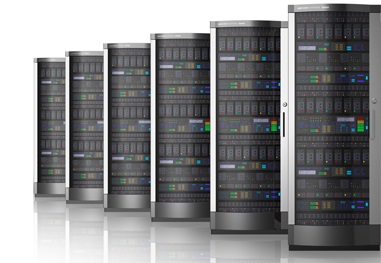Even though all you need to do is click Send for your email to be sent or type URLs in the search bars, the truth is that computers don’t really have the ability to read text while they interact over networks.
This is where DNS or Domain Name System comes in, which is among the foundations of networking as most of you already know it. The Domain Name System is what translates text-based URLs that are typed into search bars to numerical IP addresses. These are what computers use when “talking” to each other.
The main objective of Domain Name System is a very simple one. In general, it is easier for people to recall words instead of confusing and long sequences of numbers. However, the role that it plays is critical with the growth of the connected world.

Even though caching and internal Domain Name System is very common in many enterprises, it is best to take a look at its simplest form. The moment the user initiates a request for an IP through typing the URL in the browser, this request will initially got to the recursive resolver if this is not already in the caches of the operating system or browser. The recursive resolver is a server that is often managed either by the ISP of the user, the enterprise itself, or a managed Domain Name System provider.
This resolver is aware of the Domain Name System servers that it needs in to ask for the IP address to be unlocked and it will typically forward this request to the root server that is aware of all the details regarding the top level domains. Since these are distributed across the globe, in general, the resolver access the web hosting root server that is nearest the geographic beginning of the request, which is nearest the user that accesses the web.








